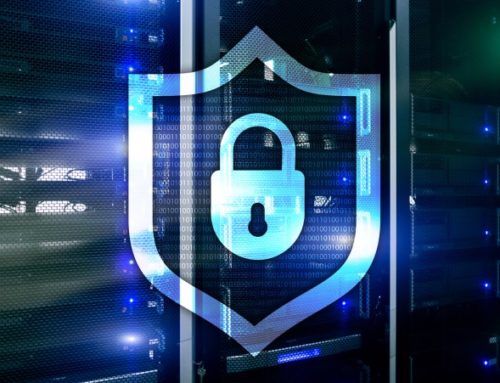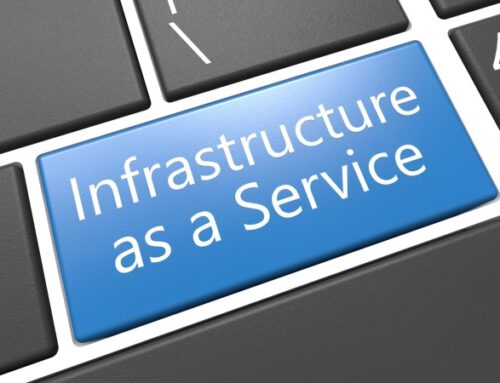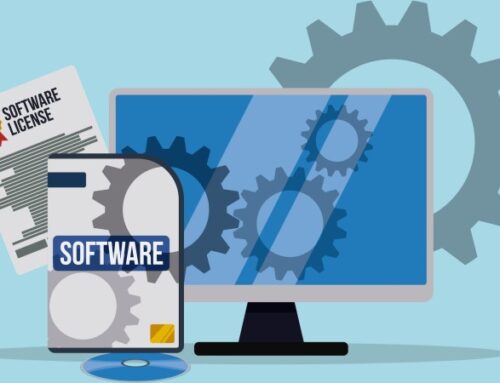E-invoicing marks a significant step towards digitalisation and increased efficiency in accounting. In this article, you will find everything you need to know about e-invoicing, including its legal foundations, technical requirements, and the advantages it offers for businesses.
With the announcement of the Growth Opportunities Act in March 2024, the mandatory introduction of e-invoicing for all businesses will take effect from 1 January 2025.
Key Points at a Glance:
- Mandatory introduction of e-invoicing from 2025: Starting 1 January 2025, all businesses in Germany are required to use electronic invoices for B2B transactions.
- Technical requirements and standards: E-invoices must be issued in structured formats such as XML or XRechnung to enable automated and error-free processing.
- Gradual expansion of the obligation: From 2028 onwards, the requirement to use e-invoicing will be extended to cross-border supplies and services within the EU.
What is an E-Invoice?
An e-invoice is an invoice issued in a structured electronic format, which is transmitted and received electronically. Unlike scanned paper invoices or PDF invoices, it allows for automatic processing without media disruptions.
Electronic invoices can also be created and sent in a special format as a PDF invoice. This produces a ZUGFeRD invoice (Central User Guide of the Forum for Electronic Invoicing Germany). This format enables machine processing of invoice data, eliminating the need for manual checks and data entry. It serves as a standardised data format for e-invoices and has been available free of charge to interested companies and public authorities since June 2017.
The ZUGFeRD invoice is delivered to recipients as a PDF file with an XML attachment in electronic form. This leads to the obligation to archive all electronic invoices digitally in a revision-proof manner in accordance with current legal requirements. In this context, the GoBD (Principles for the Proper Management and Storage of Books, Records and Documents in Electronic Form) play a significant role.
The Legal Background of Electronic Invoices
EU Directives on E-Invoicing
The introduction of e-invoicing is governed by various EU directives, including EU Directive 2014/55/EU, which mandates electronic invoicing for public procurement. In Germany, the E-Invoicing Ordinance (E-RechV) is key, requiring all federal suppliers to submit invoices in electronic form as of 27 November 2020.
National Legal Requirements in Germany
The national legislation regarding e-invoicing is defined by the Tax Simplification Act (Steuervereinfachungsgesetz) and the E-Invoicing Ordinance (E-RechV). These laws outline the requirements for creating and transmitting e-invoices and establish the necessary technical standards.
Future Legal Changes
The ViDA initiative of the EU aims to combat VAT fraud by introducing the mandatory use of e-invoices in the B2B sector. Starting from 1 January 2028, invoices must be issued in a structured electronic format in compliance with EN 16931.
Advantages of Online Invoicing for Businesses
- Increased Efficiency and Cost Savings: The use of e-invoices significantly improves efficiency in accounting. By automating invoice data processing, errors are reduced, and processing times are shortened. Additionally, costs for printing, postage, and manual effort are eliminated.
- Transparency and Traceability: E-invoices provide high transparency and traceability in invoice processes. All data is digitally accessible, simplifying bookkeeping and cash management.
- Transmission Methods and Platforms: In addition to sending invoices as email attachments, other established transmission methods already exist in several countries. In Germany, further developments and legal requirements are currently being prepared.
The transmission of e-invoices can be carried out via networks such as the Peppol network and central invoice receipt platforms like ZRE and OZG-RE.
Large enterprises use proprietary EDI platforms to transfer invoices directly from their ERP system to the recipient’s ERP system. SAP is widely used both domestically and internationally with its SAP Business Network (formerly known as the Ariba Network).
All these platforms ensure the secure and efficient transmission of invoices while offering additional features such as virus checks and the management of invoice status notifications.
Five Steps to Creating and Transmitting an E-Invoice
- Registration: If a transmission platform is to be used, registration on the respective platform is required.
- Creation: The invoice must be created in a standardised format such as XRechnung.
- Transmission: The invoice is electronically sent to the recipient via the platform or as an email attachment.
- Processing: The invoice can be automatically processed by the recipient.
- Monitoring: The status of the invoice can be viewed via the platform.
Technical and Organisational Challenges and Solutions for Implementation
The introduction of e-invoicing presents both technical and organisational challenges. From a technical perspective, businesses must ensure that their IT systems are capable of processing structured data formats such as XML and are compatible with the platforms being used.
To successfully implement e-invoicing, businesses should consider the following best practices:
- Training and Development: Employees should be trained in handling the new systems and processes.
- Conduct Pilot Projects: Test e-invoicing on a smaller scale initially to identify any potential issues early on.
- Collaboration with IT Service Providers: External providers can assist with the technical implementation and integration.
Legal Changes from 2025: Mandatory E-Invoicing for All B2B Transactions
From 1 January 2025, the obligation to use e-invoices for B2B transactions will come into effect. This requirement will be extended to cross-border supplies and services within the EU from 2028. The introduction of e-invoicing will occur in several phases, with transition periods outlined below. The deadlines and associated measures will depend on the size of the business.
Regardless of this, from 2025 onwards, every business must be able to receive and process e-invoices in compliance with GoBD (Principles for the Proper Management and Storage of Books, Records and Documents in Electronic Form).
Electronic Invoicing in Practice: Case Studies and Examples
Successful Implementations of E-Invoicing in Businesses
Some businesses have already successfully implemented e-invoicing and are reaping the benefits of digitalisation. For instance, a medium-sized company was able to reduce its invoice processing time by 50% while simultaneously lowering the error rate by 30% through the introduction of e-invoices.
Practical Experiences with Digital Invoices
Another example is a large retail company that improved transparency in its accounting processes and achieved significant cost savings by using e-invoicing. These case studies demonstrate that careful planning and implementation are key to success.
FAQ

Archiving E-Invoices GOBD compliant
directly from Outlook with TeamDrive:
FAQ: Frequently Asked Questions About E-Invoicing
What is the difference between an e-invoice and a PDF invoice?
An e-invoice is a document issued in a structured electronic format that enables automatic processing. In contrast, a PDF invoice is a digital version of a paper invoice and requires manual input for processing.
Who is affected by the e-invoicing obligation?
All domestically based businesses that sell goods or services to other businesses are affected. This applies to both the B2B (business-to-business) and B2G (business-to-government) sectors.
What technical requirements are necessary?
Businesses need a system capable of processing structured data formats such as XML. Additionally, integration with central invoice receipt platforms like ZRE or OZG-RE is required.
How do new technologies influence the use of e-invoicing?
New technologies such as blockchain and artificial intelligence (AI) could further revolutionise the use of e-invoicing. Blockchain offers the potential to enhance the security and transparency of invoicing processes, while AI-based solutions could optimise the automatic processing and analysis of invoice data.
FAQ: GOBD-compliant archiving of Outlook mailboxes (e-invoices)
E-invoices, Outlook content and Teams records can be stored and archived directly and in compliance with the GOBD. If a Microsoft Sharepoint connection is established, all content can be automatically transferred to a TeamDrive repository.
A video with instructions on the topic and the exact procedure can be found here:
https://teamdrive.com/en/faq-en/gobd-compliant-archiving-of-outlook-mailboxes-e-invoices/




